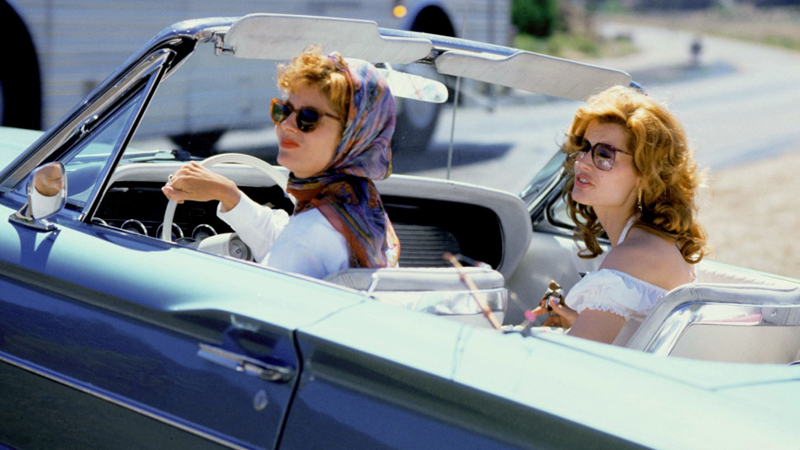
Cinema-going is bouncing back but one troubling trend is apparent. The female demographic — particularly older women — are not returning to movie theaters at their prepandemic proportion. And it remains to be seen if female underrepresentation is only temporary or permanent, which would be a blow to the cinema industry.
Females accounted for 51% of the population, but only 42% of cinema patrons in the covid-virus-battered year of 2020, according the Theme Report of the Hollywood major studio trade group the Motion Picture Association (MPA). In 2019, the same female demographic was 51% of moviegoers.
Anecdotal examples of female audience members in decline are in evidence. The Princess Diana psychological drama “Spencer” is a boxoffice disappointment that grossed just $2.1 million in domestic boxoffice at 996 theaters during its Nov. 5-7 premiere weekend for distributor Neon. The drama starring Kristen Stewart was well received at festivals before general release, which would portend a good theatrical run. That assumes strong female attendance for its star-crossed love and family royalty story. But the drama is trending poorly.

“Among 13- to 64-year-olds, some 15% of U.S. movie ticket sales came from women 35 and up in the past year, down from 22% during the same period in 2019, based on surveys of about 4,000 people conducted by the entertainment research firm Guts + Data,” says a Wall Street Journal article last week by John Jurgensen.
“Before the pandemic, the industry worried that it was losing young viewers to smaller screens,” the WSJ article continues. “Now, it’s older viewers who seem to hang in the balance, in part due to moviegoing prices that can seem steep next to the cost of home entertainment.”
The elusive female audience phenomenon is evidence in boxoffice research, but the cause and implications aren’t conclusive. The audience loss is most severe with women ages 25 and older, which is one of the four “quadrants” of cinema audiences often cited by movie research.
One possible explanation is that older women are still cautious about mingling with crowds for health reasons but will return in full force once the pandemic is completely over. That’s an unknown although older men are already more mingling-minded.
Certainly, younger audiences are leading the charge back into movie theaters because of less fear of the covid virus, which has diminished while medical relief is now very robust.
Comic book adaptations that top boxoffice charts tend to be male centric. When “Captain Marvel” in 2019 featured a strong female character in Brie Larson, some fanboys — who are die-hard comic book fans — took offense and vented online.
Though the female demographic traditionally is seen as lagging in cinema consumption, some recent films are thought to be demographic breakthroughs. In 1991, the road movie “Thelma & Louise” about two free-spirited women became a boxoffice hit and was hailed by film critics for its female-centric narrative. The fatalistic drama starred two self-reliant women (portrayed by Susan Sarandon and Geena Davis) and male characters revolved around them in supporting roles — usually it’s the reverse on the silver screen.
The reality is that “Thelma & Louise” did not spawn a tsunami. Another landmark came in 2013 when Walt Disney’s animated “Frozen” was blockbuster (No. 6 boxoffice title that year) carried by a female lead character, the much-adored Nordic heroine Anna.
In 2017, Disney’s “Wonder Woman” starting Gal Gadot finished a lofty No. 3 in domestic boxoffice; a sequel “Wonder Woman 1984” did just okay, although the pandemic was a distortion. But the all-female “Ghostbusters” reboot of 2016 for Sony Pictures was an outright boxoffice disapointment, suggesting that female-oriented films simply have their ups-and-downs.
Leave a Reply